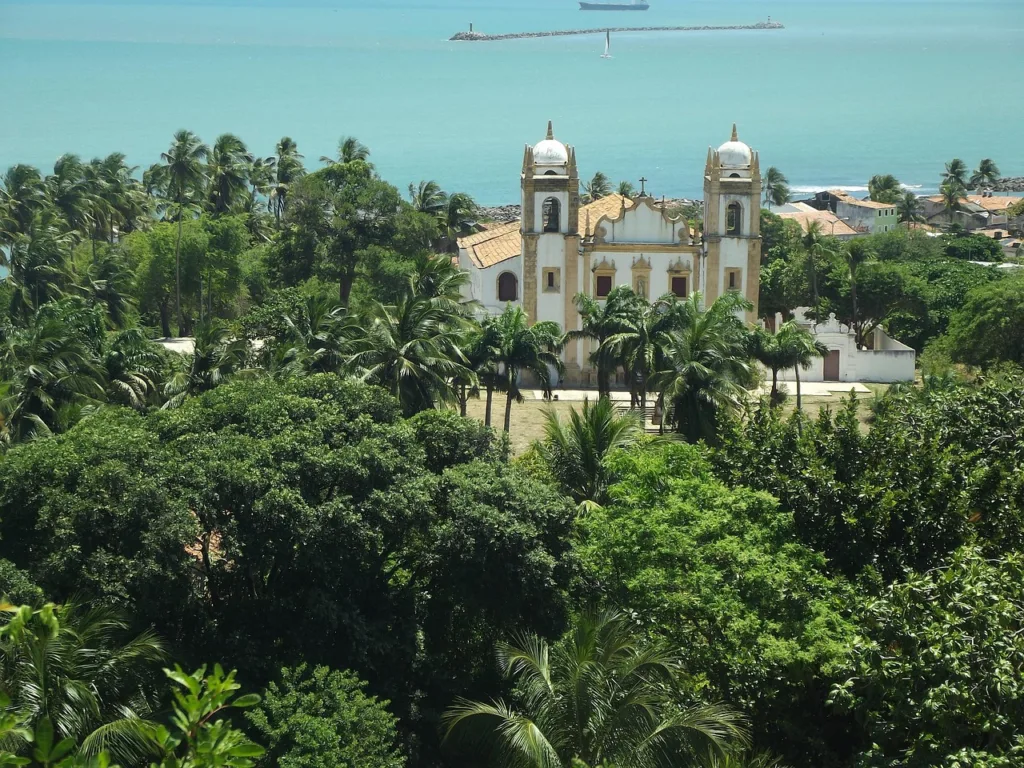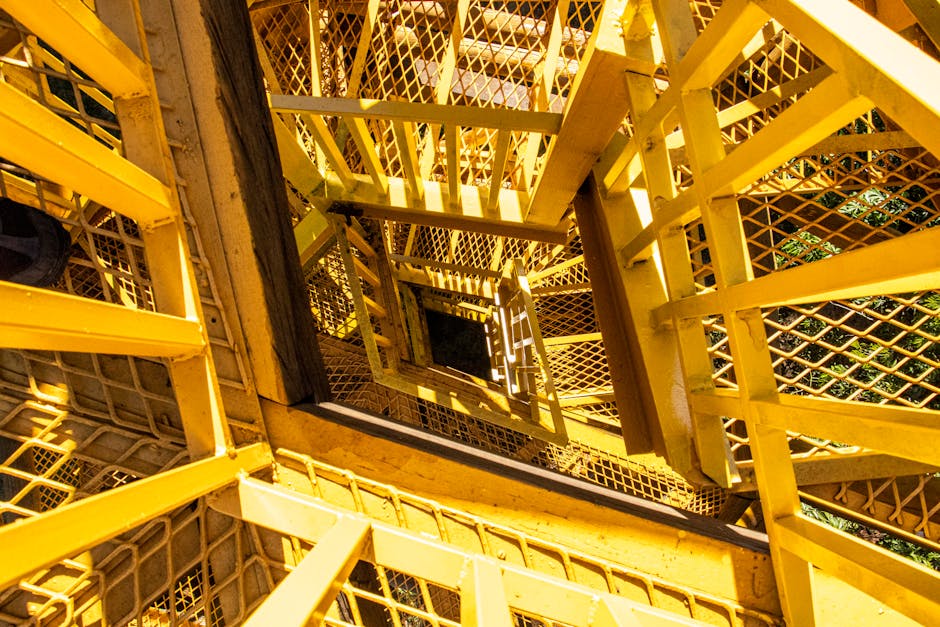Why Your Pernambuco Trip Isn’t complete Without a Day Trip
Let’s be honest: you came to Recife and Olinda for the sun, the sea, and those jaw-droppingly beautiful colonial streets. And who could blame you? The vibrant energy of Recife’s Boa Viagem beach and the timeless charm of Olinda’s UNESCO-listed hills are pure magic. But what if I told you that the true soul of Pernambuco lies just a short drive away, beyond the crashing waves and colorful facades?
Staying put is like only eating the appetizer at a world-class restaurant. The main course—a rich, flavorful feast of culture, history, and art—is waiting for you in the state’s interior. These day trips are your ticket to experiencing a Brazil that many tourists miss. It’s where you’ll find the raw, unfiltered creativity of master artisans, walk through the oldest churches in the country, and understand the deep roots of the music and traditions that make this corner of Brazil so unique. So, trade your flip-flops for a comfortable pair of walking shoes for a day, and let’s dive into the cultural heart of Pernambuco.
1. Caruaru: Dive into the Heart of Northeastern Folk Art
If you only have time for one day trip, make it Caruaru. Known as the ‘Capital of Forró’ and the home of the largest open-air market in Latin America, this city is a sensory overload in the best possible way. It’s a bustling, vibrant hub that perfectly encapsulates the spirit of the agreste, the semi-arid interior region.
The Legendary Feira de Caruaru
Forget everything you know about markets. The Feira de Caruaru is a sprawling, living organism that has been a center of commerce and culture for over 200 years. It’s a city within a city, and getting a little lost is part of the fun. You’ll wander through sections dedicated to everything imaginable: fragrant herbs and medicinal plants, handcrafted leather goods (get your sandals and hats here!), rustic hammocks, and a food section that will make your mouth water with the smells of grilled goat and freshly made tapioca.
But the real star is the handicrafts section. This is where you’ll find the soul of the region expressed in art. Look for the famous clay figurines that depict scenes from everyday life—dancers, musicians, vendors, and religious figures—a tradition started by the legendary Mestre Vitalino.
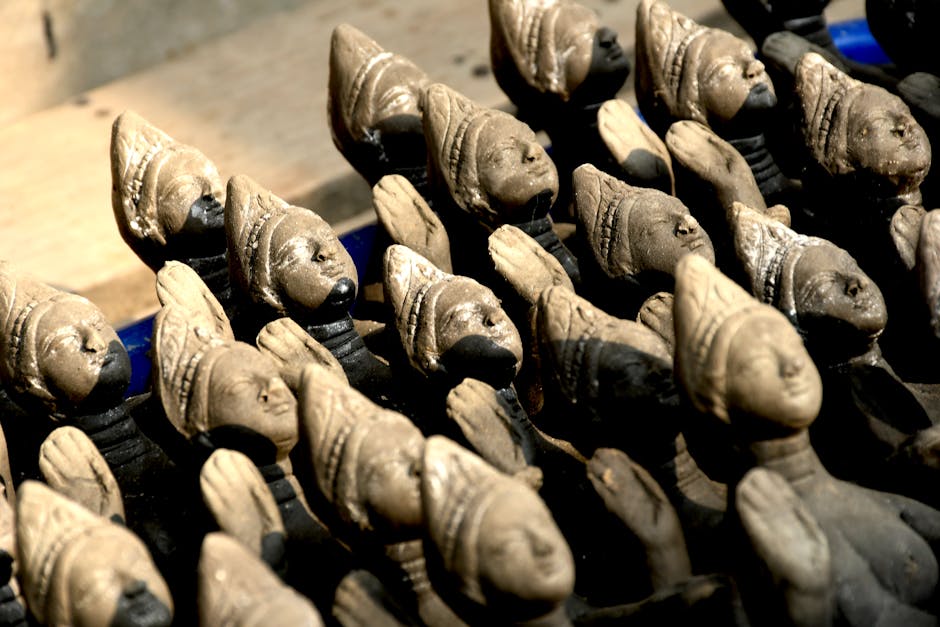
Alto do Moura: A Village of Artists
Just a few miles from the city center is Alto do Moura, a neighborhood recognized by UNESCO as the largest Center of Figurative Arts in the Americas. This isn’t just a place with a few souvenir shops; it’s a community where nearly every house is also an artist’s studio (ateliê). You can wander from door to door, watch artists meticulously shape clay, and buy incredible works of art directly from the people who made them. Visiting the Mestre Vitalino House Museum gives you a poignant look into the life of the man who started it all, living in a simple mud house while creating art that would become world-renowned.
Pro-Tip: The main market days are Wednesday and Saturday, when the Feira is at its most chaotic and wonderful. Plan to spend a full day here; you’ll need it!
2. Igarassu: Walk Through the Pages of Brazil’s Oldest History
Ready for a time-travel adventure? A trip to Igarassu, just north of Recife, is like stepping directly into a 16th-century history book. Founded in 1535, it’s one of the oldest European settlements in Brazil, and that history feels incredibly present as you walk its quiet, cobblestone streets.
The Oldest Church and a Historic Convent
The town’s main claim to fame is the Igreja dos Santos Cosme e Damião, widely considered the oldest functioning church in Brazil. Its simple, whitewashed facade belies its incredible historical significance. Standing inside, you can almost feel the weight of nearly five centuries of history. Just a short walk away is the Convento de Santo Antônio, a stunning colonial complex that houses the Pinacoteca de Igarassu, the first art museum in Pernambuco. The collection features impressive paintings depicting the Dutch invasion and other key historical moments.
Igarassu is a place for slow, deliberate exploration. Admire the colorful colonial houses, enjoy the panoramic views from the hills, and soak in the peaceful atmosphere. It’s a powerful reminder of the deep colonial roots that shaped the entire region.
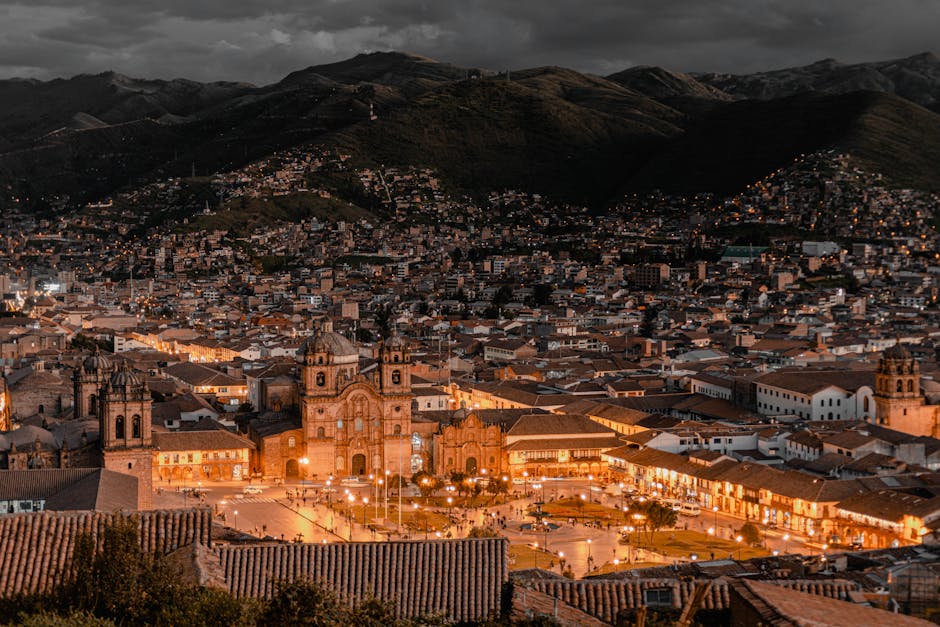
Combine It: Igarassu is located on the way to Ilha de Itamaracá, a beautiful island known for its beaches and the Forte Orange. It’s easy to combine both into a fantastic day trip that offers a perfect mix of history and seaside relaxation.
3. Tracunhaém: The Serene City of Clay Saints
If the sheer scale of Caruaru seems overwhelming, but you’re still captivated by the region’s ceramic art, then Tracunhaém is your perfect destination. This small, unassuming town is a powerhouse of pottery, known for its unique and expressive style. It’s a much more intimate and focused experience than Caruaru, allowing you to connect directly with the art and the artists.
The entire town feels like an open-air gallery. The main industry here is ceramics, and you’ll find dozens of workshops lining the main streets. Unlike the bustling market, here you can step into quiet studios, see kilns in action, and have personal conversations with the artisans. The local style is famous for its hollow, saint-like figures, often with elongated necks and serene expressions. One of the town’s most celebrated artists was Zezinho de Tracunhaém, and his legacy of bold, beautiful sculptures continues to influence the artists of today. This is the place to find a truly special, one-of-a-kind piece to take home.
4. Goiana: Where Sugarcane History and Pottery Collide
Located in the northern forest zone (Zona da Mata Norte), Goiana offers another fascinating look into Pernambuco’s dual identity: a land of rich agricultural history and exceptional craftsmanship. The town itself has a beautifully preserved historic center with a number of impressive Baroque churches, like the Igreja Matriz de Nossa Senhora do Rosário dos Homens Brancos.
What sets Goiana apart is its rich pottery tradition, which often incorporates intricate patterns reminiscent of Portuguese tiles (azulejos). The ceramics here have a different feel from those in Caruaru or Tracunhaém—more refined and decorative. Beyond the pottery, the region around Goiana is dotted with old sugarcane plantations (engenhos). While some are in ruins, others have been preserved and offer a sobering and essential look into the history of the sugar trade, built on the immense wealth of a few and the brutal reality of slavery for millions. A visit here adds a crucial layer of understanding to the history of Pernambuco and all of Brazil.
5. The Brennand Universe: A Cultural World Within Recife
Okay, this one is technically *in* Recife, but it’s located in the Várzea neighborhood, far from the beaches, and requires a dedicated day to fully appreciate. It feels like a journey to another world. The Brennand legacy consists of two separate, mind-blowing institutions founded by two cousins.
Instituto Ricardo Brennand (IRB)
Imagine a medieval European castle complex dropped into a tropical Brazilian forest. That’s the IRB. This stunning museum park houses one of the world’s largest collections of arms and armor, from medieval suits to Ottoman daggers. But its most important collection is dedicated to the period of Dutch rule in Brazil in the 17th century, featuring an incredible array of paintings by Frans Post and Albert Eckhout. It’s a world-class museum that tells a fascinating chapter of Brazilian history.
Oficina Cerâmica Francisco Brennand
Prepare to enter a surreal, fantastical realm. A short drive from the IRB is the Oficina, the lifelong project of artist Francisco Brennand. Set in the ruins of his family’s old brick factory, it’s a sprawling garden temple filled with thousands of his monumental and often erotic ceramic sculptures. You’ll wander through open-air temples, courtyards filled with mythological creatures, and gardens where art and nature are seamlessly intertwined. It is a deeply personal, powerful, and utterly unforgettable place. There is nothing else like it on Earth.
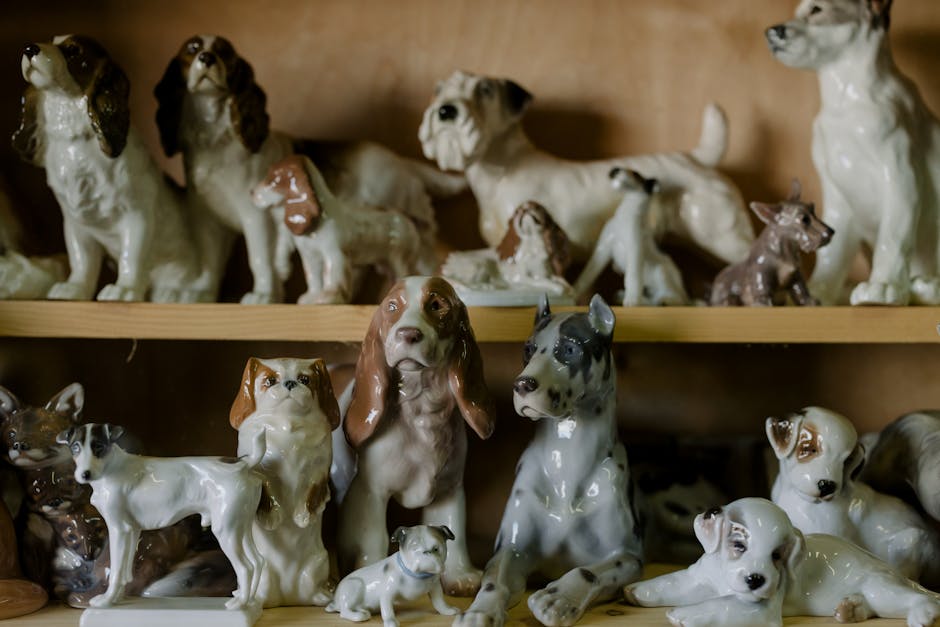
Practical Tips for Your Cultural Expeditions
Ready to hit the road? Here are a few things to keep in mind to make your day trips smooth and enjoyable.
- Getting Around: Renting a car offers the most freedom and flexibility, especially if you want to combine destinations. For a more relaxed experience, hiring a private driver or joining a guided tour is a great option. For the budget-conscious, comfortable intercity buses run regularly from the Recife bus terminal (TIP) to cities like Caruaru.
- Cash is King: While larger shops will take cards, many small artisans and market vendors, especially in the interior, operate on a cash-only basis. Be sure to bring enough Brazilian Reais.
- Dress Comfortably: You’ll be doing a lot of walking. Wear light, breathable clothing and your most comfortable shoes. A hat, sunglasses, and sunscreen are non-negotiable.
- Go with an Open Mind: The pace of life is different outside the big city. Embrace it. Talk to the locals, ask artists about their work, and be ready for the unexpected. The real treasures you’ll find are the connections you make and the stories you’ll gather along the way.

